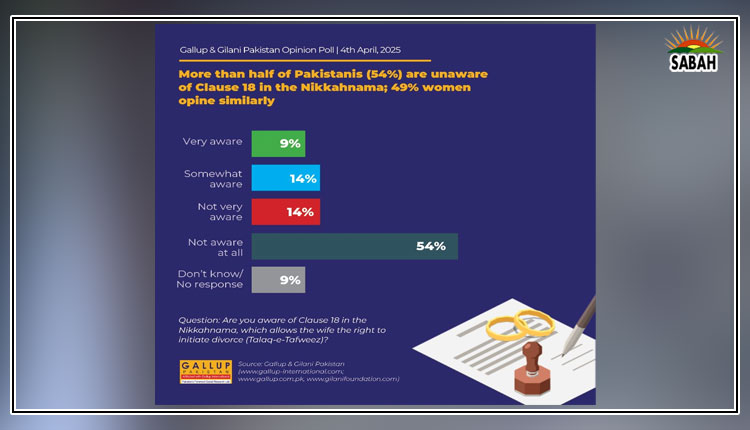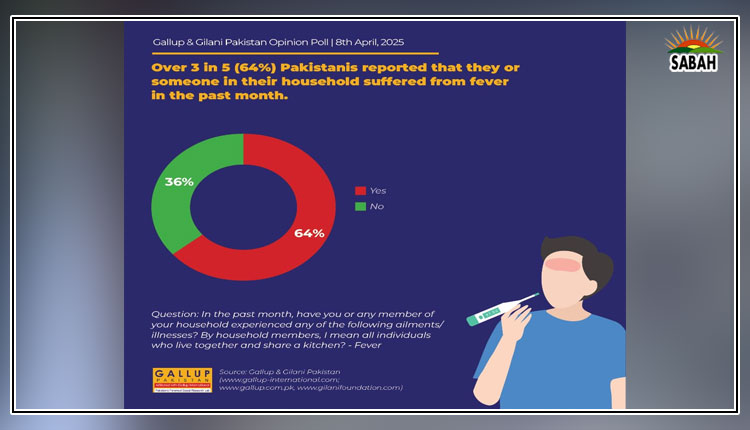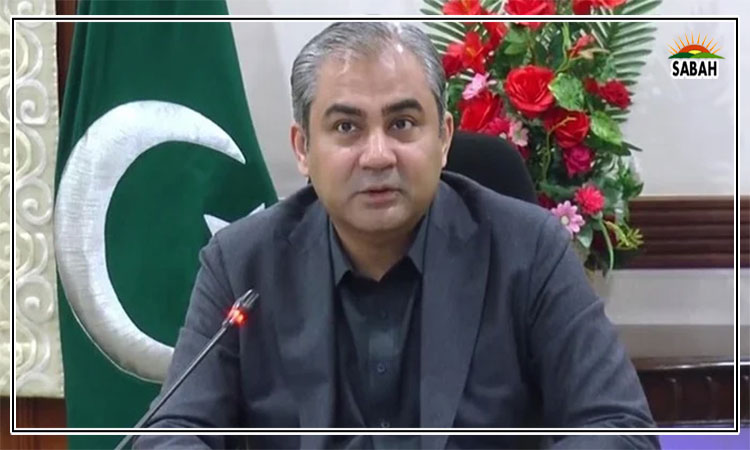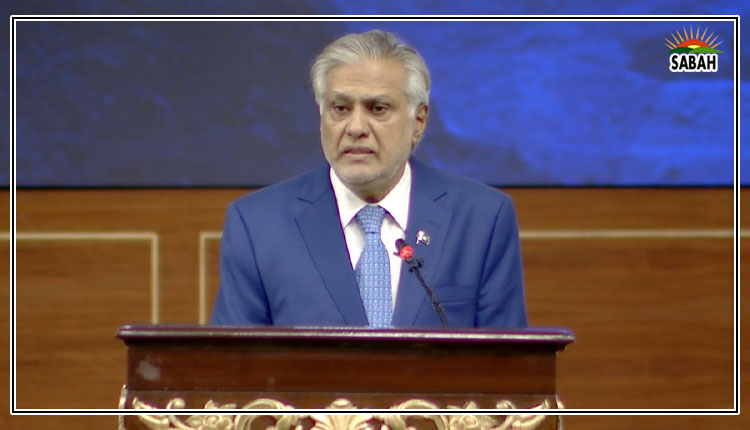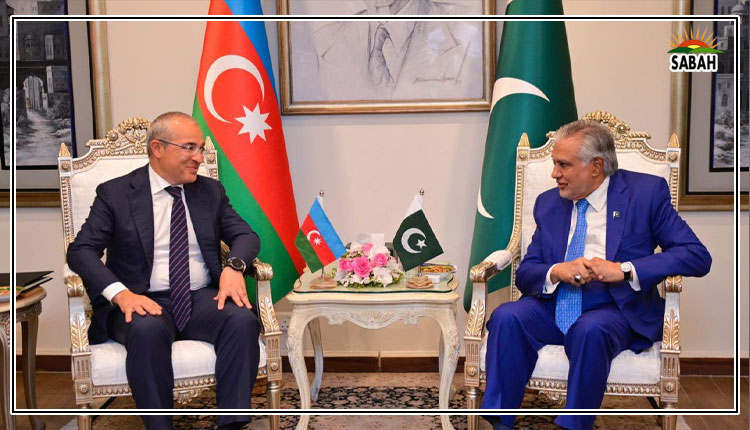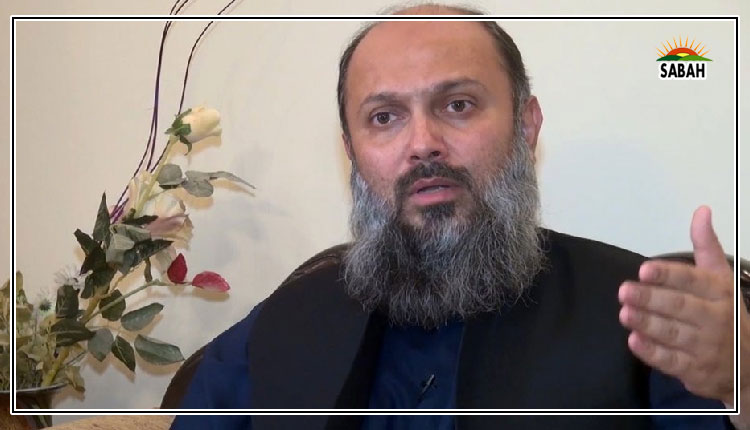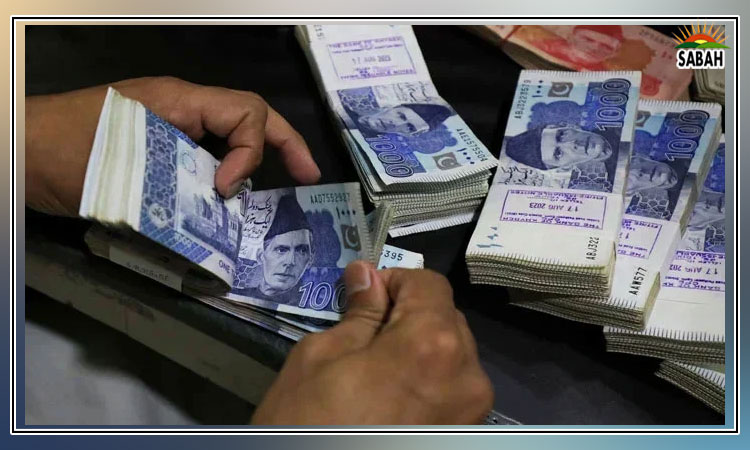The elephant in the room…By Amer Zafar Durrani
Pakistan’s economic performance in 2024 reflects progress in macroeconomic stabilisation but also highlights persistent structural challenges. Amid global GDP growth of 3.0 per cent, Pakistan achieved 2.4 per cent, short of its target of 3.5 per cent.
Projections for 2025 indicate cautious optimism with an anticipated growth rate of 3.2 per cent, relying on the proposed policy reforms under the 5Es framework: economic stability, export growth, employment generation, public finance efficiency, and environmental sustainability.
Macroeconomic stabilisation was a key achievement in 2024. A primary balance surplus of 0.9 per cent of GDP indicates that government expenditures (excluding debt servicing) stayed within the revenue collected. Public debt is down from 75 per cent of GDP to 67.4 per cent.
The current account deficit narrowed to $0.7 billion, the lowest in 13 years. This indicated that foreign currency outflows (from imports, income payments, and transfers) are decreasing relative to inflows (from exports, income receipts, and remittances). Inflation dropped from 38 per cent in May 2023 to below 5.0 per cent in late 2024. Export growth in the first 2 quarters of FY2025 was notable, increasing 11.5 per cent over the same period last year; significant within this is the growth of IT exports, which grew by 24 per cent to $3.2 billion.
Looking ahead to CY2025, Pakistan aims to improve GDP growth through agriculture and services recovery, stabilising inflation, diversifying exports, and advancing fiscal and environmental reforms. Export diversification and integration within the global value chains remain a major challenge. Privatisation of state-owned enterprises is stalled, and wasting public expenditures, including, in some cases, debt servicing costs, continue to constrain development spending.
Environmental sustainability is a growing focus, with policies promoting renewable energy and climate resilience. However, reliance on fossil fuels and insufficient environmental safeguards in large-scale projects under the China-Pakistan Economic Corridor highlight misalignment with global sustainability goals. Employment generation efforts were bolstered by private sector-focused reforms, like the Asaan Karobar Act, which aims at reducing business costs and encouraging foreign direct investment – to create one million jobs annually by 2028, particularly in IT, renewable energy, and manufacturing. Equitable job creation across social strata, and distribution across rural and urban areas, remain. It is strange that, despite all these efforts, the government continues to ignore the elephant trampling all these achievements and future aspirations. This elephant being the Federal Board of Revenue’s aim to raise the tax-to-GDP ratio to 13.5 per cent by 2027, which is impeding the growth of businesses and inequitably squeezing the people of Pakistan.
Pakistanis are overtaxed and inequitably taxed. Pakistan’s tax system disproportionately relies on indirect taxes, which are regressive and place a heavier burden on lower-income individuals. The World Bank’s 2022 report highlights that indirect taxes constitute approximately 63 per cent of Pakistan’s total tax revenue. This reliance on indirect taxation exacerbates income inequality, as lower-income households spend a larger proportion of their income on consumption, thus bearing a higher tax burden relative to their income. The IMF (2021) notes that Pakistan’s indirect taxes, such as sales tax and excise duties, contribute to the cost-of-living increases, disproportionately affecting the poor.
The tax burden is inequitably distributed due to a narrow tax base, with significant exemptions and low compliance among higher-income individuals and businesses. The Pakistan Economic Survey 2023 survey reveals that less than 1.0 per cent of the population pays income tax, and agricultural income – constituting about 20 per cent of GDP – is largely untaxed. This places a disproportionate tax burden on salaried individuals and compliant businesses. The ADB (2020) points out that tax exemptions and concessions amount to over 2.0 per cent of GDP annually, benefiting the wealthy and eroding the tax base.
High nominal tax rates, especially corporate and personal income taxes, discourage compliance and investment, leading to tax evasion and a shadow economy. OECD Tax Policy Reviews (2021) explains that Pakistan’s high corporate tax rate of 29 per cent (as of 2021) is among the highest in the region, discouraging formalisation and compliance among businesses. The Institute of Chartered Accountants of Pakistan (ICAP, 2022) reports that complex tax regulations and high rates lead to compliance costs that disproportionately affect small and medium-sized enterprises (SMEs).
The inequitable and heavy tax burden hampers economic growth, discourages investment, and exacerbates poverty. The United Nations Development Program (UNDP, 2020) highlights that regressive taxation contributes to income inequality and undermines efforts to reduce poverty. The Pakistan Business Council (PBC, 2023) argues that the current tax structure discourages investment and expansion by local businesses, limiting job creation and economic development.
Increasing the tax-to-GDP ratio without reforming the tax structure is inappropriate and may worsen inequities. The World Bank (2022) recommends broadening the tax base by taxing all sources of income equitably, reducing exemptions, and shifting from indirect to direct taxes to enhance fairness. Similarly, the IMF (2021) emphasises the importance of tax policy reforms focusing on progressivity to ensure that the wealthy contribute a fair share.
Compared to regional peers, Pakistan’s tax system is less efficient and more burdensome on lower-income groups – comprehensive tax reforms rather than merely increasing tax rates or revenues. A comparative study by the ADB (2020) indicates that countries like India and Bangladesh have made strides in tax reforms that broaden the tax base and reduce reliance on indirect taxes.
The former governor of the State Bank of Pakistan, Dr Ishrat Husain (2022), emphasised the need for simplifying the tax system, reducing rates, and eliminating exemptions to improve compliance. The Tax Reform Commission of Pakistan (2021) recommended a shift towards progressive taxation, improving tax administration, and leveraging technology for better compliance.
So, dear government, congratulations, but continued felicitations will require tackling this proverbial ‘elephant in the room’.
COURTESY THE NEWS


